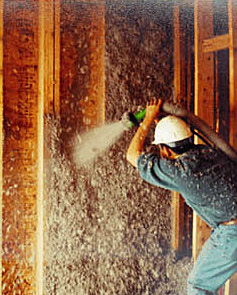 Non-insulated metal buildings are one of the most common customer regrets. In fact people often ask me about how to install insulation in their existing metal building. The reality is that there are several different methods to apply roof & wall insulation in an existing building. The down side is that none of them function or appear as nice as one that was installed correctly during initial construction.
Non-insulated metal buildings are one of the most common customer regrets. In fact people often ask me about how to install insulation in their existing metal building. The reality is that there are several different methods to apply roof & wall insulation in an existing building. The down side is that none of them function or appear as nice as one that was installed correctly during initial construction.
The proper way to install the insulation in an existing metal building is to remove the sheeting & sandwich the insulation between the sheet & the structural members. This creates a vinyl vapor barrier around the building. Without the barrier between the sheet & the structural there will be a transfer of temperature inside the building. You may even notice some of the structural sweating as the weather changes
Another method uses plastic chairs that are glued to the roof & wall panels. This method typically uses a vinyl backed or reinforced insulation. The chair is then poked through the insulation, capped with a washer & clipped in place. This method does not create a true vapor barrier.
Blow-in insulation is very popular in wood framed construction. If fact some people are even using it in metal buildings. The two most common types are Poly styrene & cellulose based.
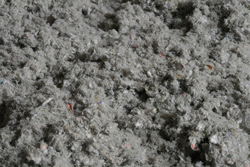 The cellulose based insulation work great in wood framed construction but it has some drawbacks when used in a metal building. The primary one being that cellulose insulation can contain boric acid. The acid is used to help eliminate pest/insects. The downside is that it is applied wet. Once the moisture hits the insulation the acid is released and can corrode the metal structure.
The cellulose based insulation work great in wood framed construction but it has some drawbacks when used in a metal building. The primary one being that cellulose insulation can contain boric acid. The acid is used to help eliminate pest/insects. The downside is that it is applied wet. Once the moisture hits the insulation the acid is released and can corrode the metal structure.
Poly styrene is the more commonly used blow-in insulation in metal buildings. This product does not contain the boric acid base. Customers like the fact that the insulation fills in all the voids between the walls & roof. There are down sides to the poly styrene blow-in insulation.
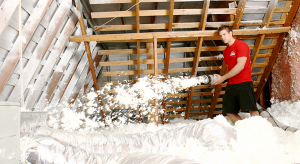 First the insulation cost approximately twice as much as fiber glass. While the building’s insulation R-value is only increased by 50%. Application of this product is a factor as well. The metal panels have an oily film on them that needs to be cleaned before application begins. This can cause the insulation to delaminate from the panels later on. Another concern would be that all of the secondary structural would have to be coated to eliminate heat transfer & condensation. In essence you would need to create a vapor barrier on the inside of the metal building.
First the insulation cost approximately twice as much as fiber glass. While the building’s insulation R-value is only increased by 50%. Application of this product is a factor as well. The metal panels have an oily film on them that needs to be cleaned before application begins. This can cause the insulation to delaminate from the panels later on. Another concern would be that all of the secondary structural would have to be coated to eliminate heat transfer & condensation. In essence you would need to create a vapor barrier on the inside of the metal building.
Most of these alternative products have been around in one form or another for decades. Some of these products have even improved through the years. They just don’t work as well in a metal building. The metal building industry has predominately chosen the vinyl fiberglass insulation.

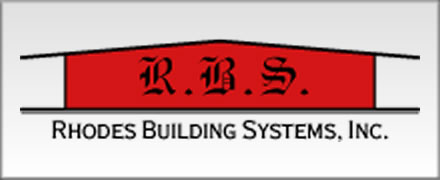
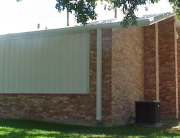
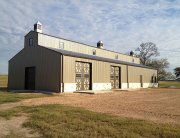
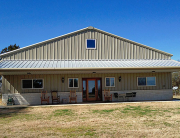
Leave A Comment